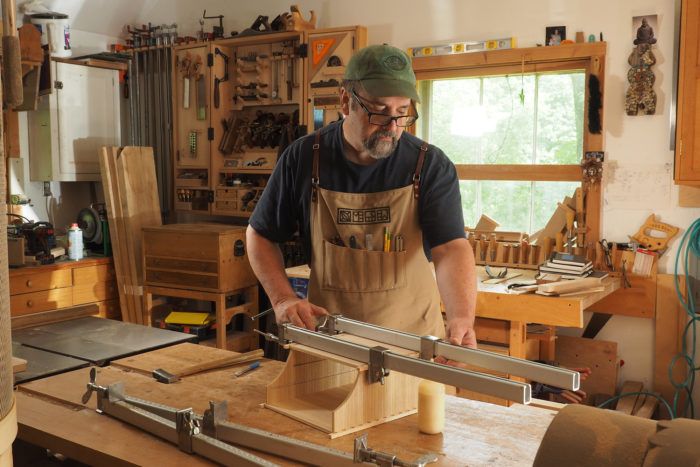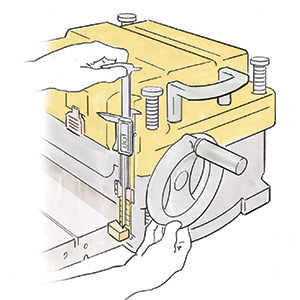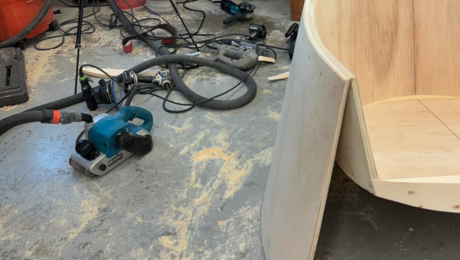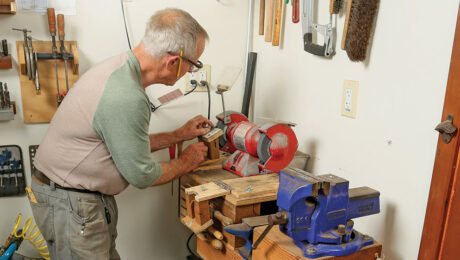Editor’s Letter: A new tool with every project
Outfitting a shop doesn’t happen all at once. Instead, a shop acquires its contents over time.
Outfitting a shop doesn’t happen all at once. Instead, a shop acquires its contents over time. At first, this may mean slowly building up your machine and tool collections, while later it could mean scaling back on what you own. As our interests in the craft change, so do the tools required for the job at hand. For this reason, our tools—and our shops for that matter—continue to evolve as we do, both in our skills as woodworkers and in what we aim to achieve.
There’s a common piece of advice that suggests we pick up a new tool with every project that we build. For a long time, I interpreted this to mean that each project serves as a good excuse to buy more tools (which is not a terrible thing). Along the way, I have found some wisdom in this advice, though I might limit it to “just one tool” per project. The reason is that with every tool we gather, there is usually a new skill set involved in putting the tool to use, or in discovering its versatility. Coming home with a pile of new tools may not give us the time or focus to get to know them and gain a true understanding of how they can affect not only the things we make but how we go about making them.
In regard to hand tools specifically, you don’t truly own a tool until you get to know it until it becomes a part of your building process and an extension of your hands. As a graphic designer, I spend most of my time in front of a computer. When I’m required to update layout software or switch programs entirely, there’s always an adjustment period before I get to the point where I can “think” in the program, when it no longer becomes a stumbling block to getting the job done. The same process happens with each new tool I buy. At first, it may be a novelty, and I either marvel at the amazing things it can do, or wonder why it falls short of expectations (“that video made it look so easy…”). Over time though, the tools I acquire either find a place in my building process and a valued spot in my tool cabinet or sit unused on a shelf until I finally get the time to figure them out. As a matter of fact, I have a couple of dado planes gathering dust right now, and Bob Rozaieski’s Handwork in this issue just may be what I need to get them into the starting lineup.
—Michael Pekovich






















Comments
I acquire tools on a similar basis with a few exceptions. I base my tool purchases primarily on need and budget. As I perform projects that tend to become more complex over time, I realize the need for additional hand and stationary tools. Hand tools and gadgets are usually affordable. I'll purchase them readily when the need arises. Stationary and power tools are expensive and often require budget planning. It may take years to actually add an expensive machine, but often the process is fulfilling. You can dream (and scheme) while you save for the purchase. I started collecting tools in the 1960s and have a well equipped shop. But technologies, methodologies and budgets change with time, so my quest for expansion continues.
This post must have something to do with building new tool enthusiasm among readership for the new Fine Woodworking shop. I am completely on board and hanging on every morsel of information dribbled out. I saw a teaser video of Ben Strano plugging in some Grizzly stationary tools in a new white walled space. I want to go back to it and look for details but I can’t find it. Where did it go?
Log in or create an account to post a comment.
Sign up Log in